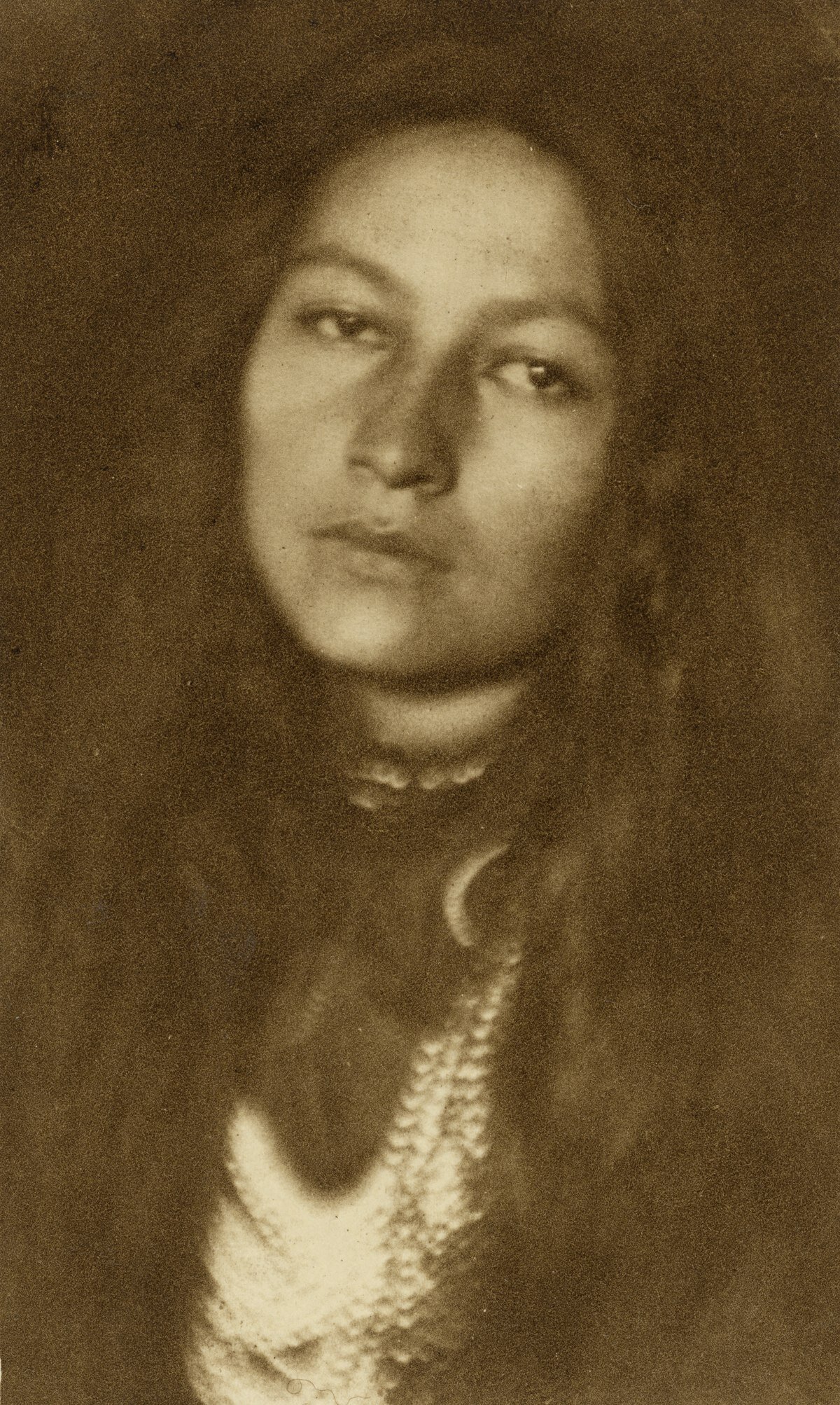By Sean Skoog, Summer 2023 Collaborator at Power in Place
Image from: Britannica
A common term used in political circles is “partisan baseline”, often using either the last presidential election or a state or district’s Partisan Vote Index (PVI, which measures a state’s margin relative to the national popular vote) as a reference point. A candidate “overperforming” or “underperforming” this baseline means that their party either did better or worse than what is typically expected by a member of their party in their district or state. Partisan overperformances were particularly commonplace during the midterm elections of 2022 when both parties saw notable overperformances in various statewide and districtwide races. One such example is Democratic Governor Gretchen Whitmer in Michigan, who won by a margin of 9.6% in 2018 and 10.5% in 2022, which greatly exceeded the Democratic margins in the preceding presidential elections, when Hillary Clinton lost by 0.2% in 2016, and Joe Biden won by 2.8% in 2020.
Gretchen Whitmer’s 2022 win was notable for several reasons. First of all, 2022 was expected to be a very Republican year (or “red wave”) nationwide, as the party that holds the presidency typically loses congressional and gubernatorial seats in midterm years. Prior to 2022, the last time Michigan elected a governor from the same party as the incumbent president was in 1990, and that was by a margin of less than 1%. Additionally, Whitmer did better than Biden two years prior in every county in the state and improved compared to Biden among nearly every demographic. The other two Democratic statewide officials who won reelection in 2022, Attorney General Dana Nessel and Secretary of State Jocelyn Benson, also outperformed Biden two years prior, with Benson winning by an even larger margin than Whitmer did (she won by a whopping margin of 13.9%, better than any Democrat for president in the past half-century except Obama’s first election in 2008 when he won Michigan by 16%).
There are several factors that explain why the statewide Democratic slate did so well in Michigan in 2022. One notable factor is Dobbs v. Jackson, the United States Supreme Court case that overturned Roe v. Wade and returned the status of abortion rights to the states in June 2022. In Michigan, an abortion ban from 1931 would have come into effect had the state Supreme Court not halted its implementation. A ballot initiative overturning the ban and enshrining the right to an abortion in the state constitution was on the ballot in November 2022, and it may have created an environment with a higher turnout from women, who would have been directly affected by the ban. All three statewide Democratic candidates supported the proposition, and abortion was seen as one of the most important issues in Michigan that year. The proposition ended up passing by 13%, outperforming two of the three statewide Democrats, and slightly underperforming Secretary of State Jocelyn Benson (whose opponent was extremely controversial). All of the statewide officeholders in Michigan made sure to focus on issues that the majority of the population supported, while their opponents took more partisan positions even when they were unpopular. This reinforces how it is always important to recognize the political positions of your electorate, and to try and minimize or avoid discussing issues that you support if the majority of the population opposes them.
Another interesting note about the 2022 statewide elections in Michigan is that the two women who won statewide by more than 10 points (Governor Gretchen Whitmer and Secretary of State Jocelyn Benson) also had female opponents, while Dana Nessel (who won by 8.6%) had a male opponent. This could potentially suggest that voters may still prefer male candidates when given a choice between a man and a woman, but will not hesitate to vote for a woman when there is no other option (although it is worthwhile to note that Nessel also won by the lowest margin in 2018, and had the lowest approval rating of the three statewide Democrats prior to 2022).
Overall, the results of the statewide elections in 2022 in Michigan show that it is possible for female candidates to significantly overperform how their party typically does in a state or district, as long as they strike the right message with their constituents.
References
[1] “Election 2022.” Dave Leip’s Atlas of U.S. Presidential Elections. November 8, 2022. https://uselectionatlas.org/2022.php.
Sean Skoog is a rising junior at the University of Michigan majoring in Political Science. In his free time, he enjoys discussing and analyzing politics, traveling, and spending time with friends and family. One day, he hopes to be a campaign strategist for a high profile campaign.










